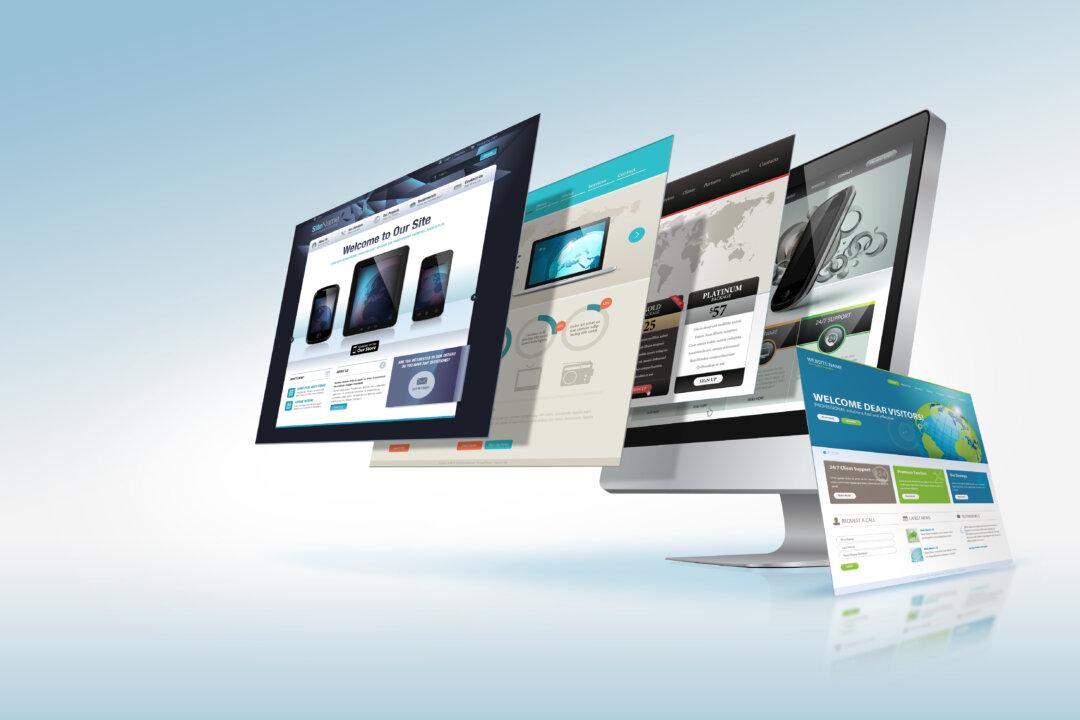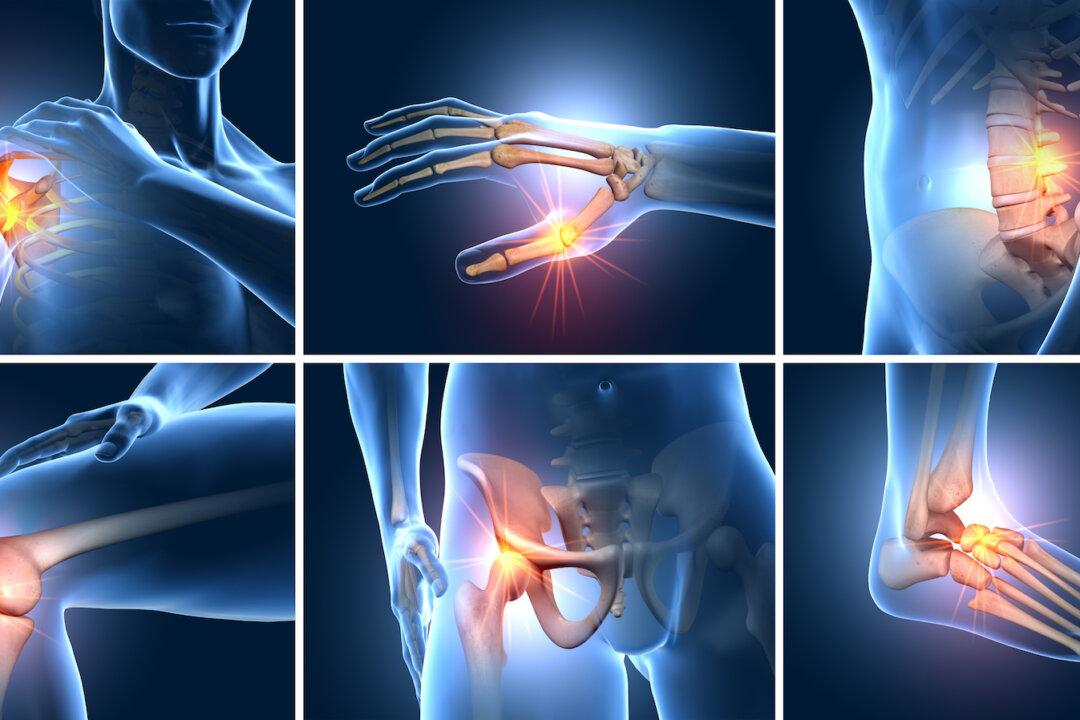Before web developers add the newest bells and whistles to their designs, a team of researchers suggests they zoom in on the tools that click with the right users and for the right tasks.
“When designers create sites, they have to make decisions on what tools and features they use and where they put them, which takes a lot of planning,” says S. Shyam Sundar, communications professor and co-director of the Media Effects Research Laboratory at Penn State. “You not only have to plan where the feature will be, you also have to design what will go underneath that layer, then create the content for it, so we wanted to know if these new, more sophisticated ways of interacting with a site are actually better than just clicking.”
READ MORE




